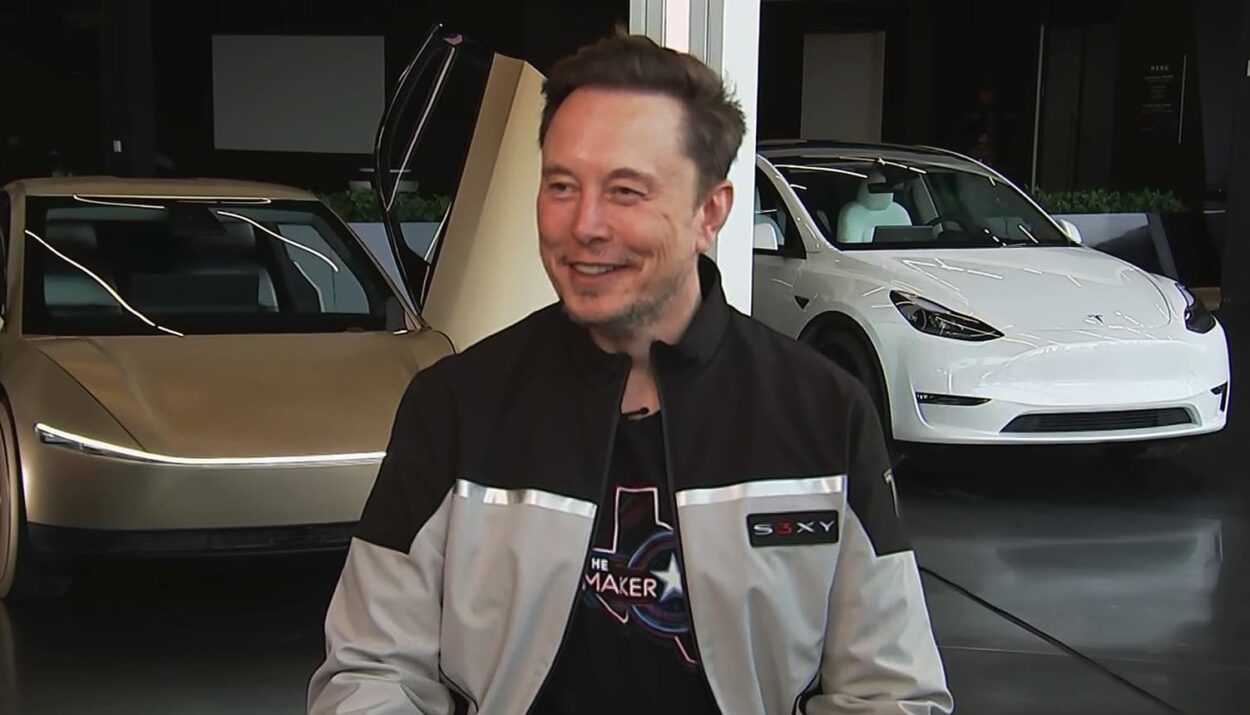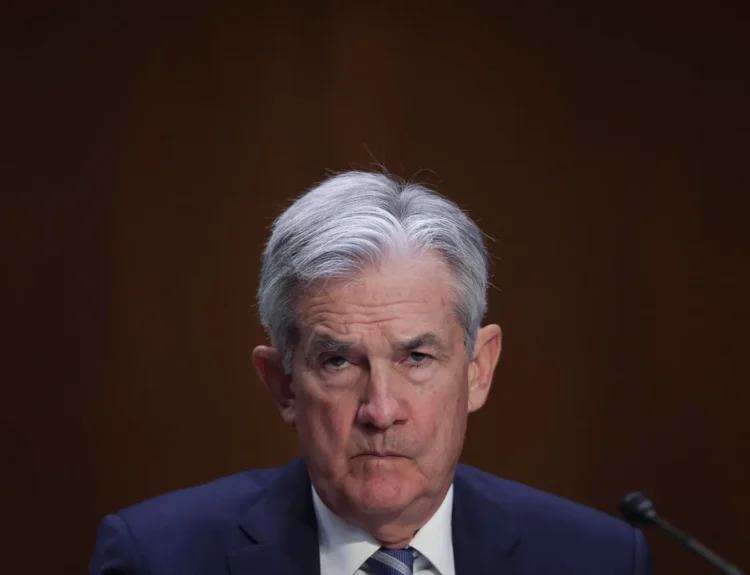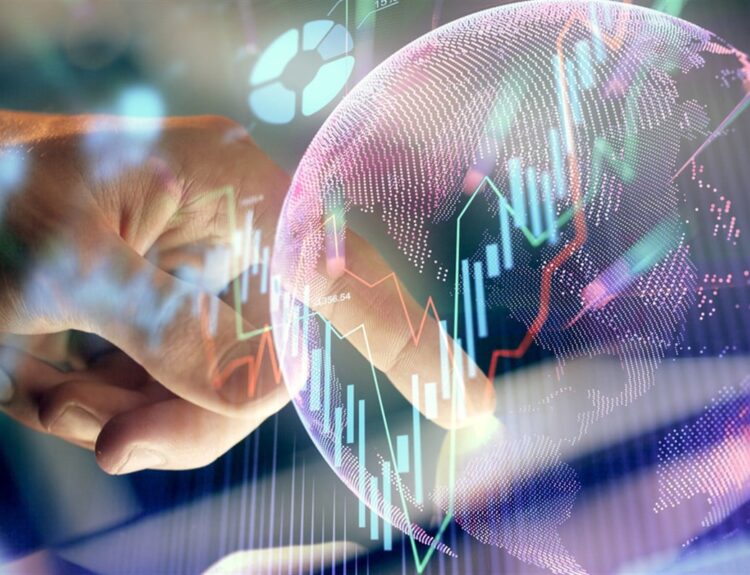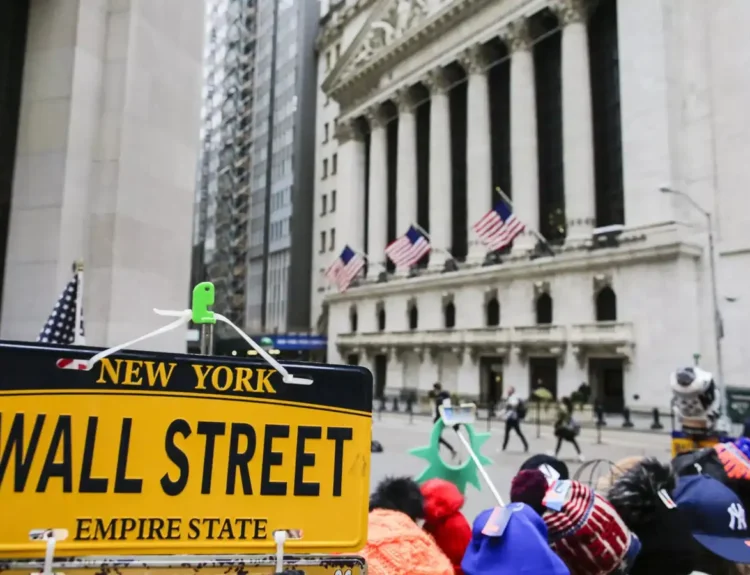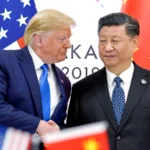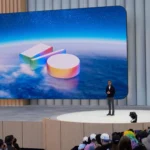In a high-profile CNBC interview on Tuesday, Elon Musk laid out aggressive plans for his artificial intelligence company xAI. Speaking from Tesla’s headquarters in Texas, Musk revealed that xAI’s Memphis-based supercomputing facility — Colossus — currently houses over 200,000 GPUs, primarily from Nvidia and AMD.
But that’s just the start. “We’re planning a 1 million GPU facility,” Musk said, describing Colossus as the “most powerful training cluster in the world right now.”
He added, “A few years ago, I made a very obvious prediction — that the limitation on AI will be chips. That’s what’s happening now.”
Tesla, xAI, Nvidia & AMD — A Growing Web
While Musk admitted there are no current plans to merge Tesla and xAI, he didn’t rule it out. “Merging Tesla and xAI is not out of the question,” he said, but clarified it would require shareholder approval.
Musk also addressed prior controversy, confirming that last year he instructed Nvidia to prioritize xAI over Tesla in chip deliveries — a move that sparked internal tensions, as CNBC had earlier reported.
Still, Tesla remains deeply involved in AI. Its Dojo supercomputer, based in Buffalo, New York, is being used to train Autopilot and Optimus, Tesla’s humanoid robot project.
On hardware, Musk was blunt:
“We expect to buy a lot of next-gen GPUs from Nvidia and AMD. Nvidia is still better than what we make.”
Musk also highlighted about improvement of Tesla’s self-driving: “By the end of next year, we’ll have hundreds of thousands, if not over a million Teslas, $TSLA, doing self-driving in the US.”
What Is Colossus Training?
xAI’s Colossus is primarily being used to train Grok, the company’s large language model that is now integrated into X (formerly Twitter), also owned by Musk. Colossus is critical not just to xAI, but for AI developments across SpaceX, X, and even Tesla’s vision-based systems.
Musk confirmed:
“Colossus is training coherently — 200,000 GPUs. Nobody else has that.”
The GPUs were installed at record speed — 100,000 GPUs in 122 days — in a repurposed Electrolux facility in South Memphis, with help from hardware providers Supermicro, Dell, and others.
Environmental Backlash in Memphis
Despite being hailed by city officials as a tech renaissance for the region, Colossus has drawn fierce backlash from environmental groups and local communities.
Why? The facility is powered by 35 gas turbines, emitting an estimated 2,000 tons of nitrogen oxides (NOx) annually — a major precursor to respiratory illness and smog.
Critics argue that xAI has likely violated the Clean Air Act by bypassing required permits for such “major pollution sources.”
The turbines — powered by methane — were reportedly deployed without local approval.
A resident told The New Yorker:
“We’re not against technology. We’re against being sacrificed for it.”
Musk hasn’t publicly addressed the pollution concerns in depth, but the issue is escalating. The Colossus site sits in a predominantly Black, low-income community, already burdened by industrial pollution.
White House Access: “Every Few Weeks”
Perhaps most politically notable, Musk revealed that he intends to spend time at the White House every few weeks. While he didn’t elaborate on whether this will involve AI policy or EV lobbying, it marks a return to the Washington influence game for Musk.
His remarks came amid broader AI debates in D.C., with lawmakers increasingly concerned about model safety, chip monopolies, and geopolitical risks.
Key Stats & Highlights from Musk’s Interview
- xAI currently runs 200,000 GPUs at Colossus (Memphis)
- Plans to build a new 1 million-GPU facility outside Memphis
- Chips supplied by Nvidia, AMD, and “possibly others”
- Tesla’s Dojo supercomputer in Buffalo is used for training Autopilot and Optimus
- xAI owns X (Twitter) and integrates content across its ecosystem
- Merger with Tesla not planned but not off the table
- Musk plans to be at the White House regularly
- Environmental groups accuse xAI of Clean Air Act violations over gas turbines
- Elon Musk: I don’t follow BYD or think about competitors, I focus on making perfect products
- Uber ($UBER) – Musk denied acquisition rumors: “There is no need for Tesla to buy Uber”
Musk’s AI ambitions are scaling fast — both in silicon and political power. But environmental costs and regulatory scrutiny may become just as defining as his technological advances.
“We’re entering a world where AI will define progress. And the chips — that’s where the battle is,” Musk said.
Musk’s multi-company strategy is rapidly blurring the lines between AI, mobility, social media, and national infrastructure. With Tesla, xAI, and X increasingly aligned — and with Musk’s direct interface with policymakers intensifying — the next phase of Musk’s vision appears to extend well beyond vehicles or even chips.
It’s about infrastructure dominance — both physical and digital — in the AI arms race.
Disclosure: This article does not represent investment advice. The content and materials featured on this page are for educational purposes only.
Related:
White House: China Will ‘Absorb’ Tariffs — Not US Consumers
Bostic Warns on Moody’s Downgrade, Inflation Risk — Leans Toward One Cut
Nvidia Expands in China & Taiwan as US Export Rules Tighten
Earnings Calendar, Fed Speech, Housing Data: What to Watch This Week
UK overtakes China as second-largest US Treasury holder
CERN Scientists Turn Lead into Gold — Why This Is Bigger Deal for Bitcoin Than You Think
Nvidia, Cisco, Oracle and OpenAI are backing the UAE Stargate data center project
Trump vs. Tim Cook: Apple’s Global Strategy Sparks Debate Over Economic Patriotism and AI Security
US and EU break impasse to enable tariff talks
China Tightens Control Over AI Data Centers
Trump: US will set new tariff rates, bypassing trade negotiations


